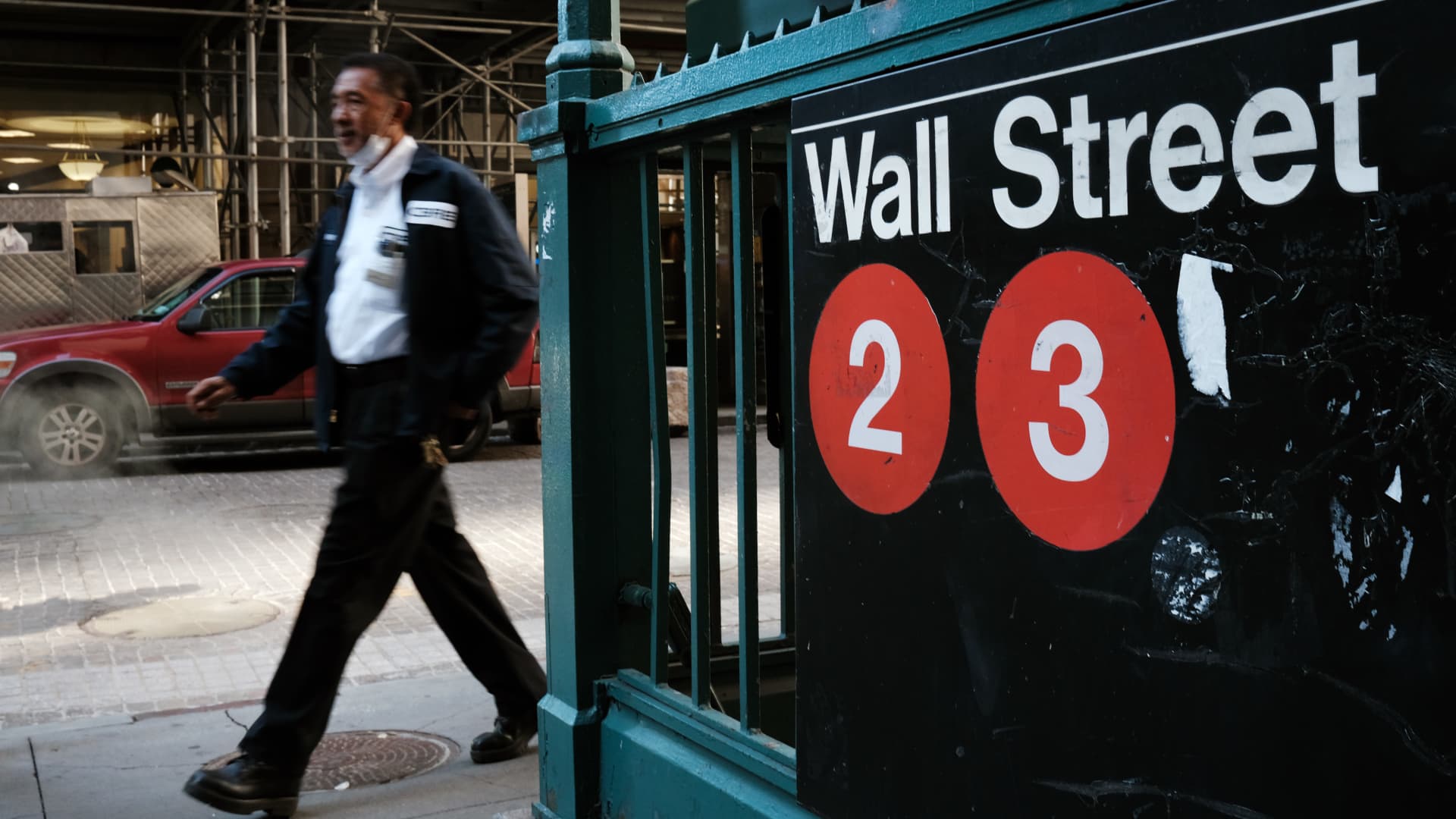The average bonus paid to securities industry employees in New York climbed 20% to a record $257,500 for last year, according to state comptroller Thomas DiNapoli.
The projection, released Wednesday in the annual report from New York’s top fiscal officer, includes cash bonuses for 2021 work as well as deferred awards paid out recently, according to DiNapoli.
The higher compensation figures aren’t unexpected: Wall Street firms including Goldman Sachs and JPMorgan Chase posted eye-popping revenue increases in January, fueled by booming mergers, public listings and strong trading activity. In November, pay consultants said they expected banks to post the largest increase in bonuses since 2009.
But DiNapoli’s report highlights the outsized role Wall Street employees have in New York’s financial health. Securities industry jobs make up just 5% of private sector roles, but accounted for 18%, or $14.9 billion, of state tax collections in the 2021 fiscal year, he said.
That’s because Wall Street workers make almost five times the $92,315 average salary in the private sector excluding finance, according to the report. Securities workers saw overall compensation climb 7.7% to $438,370 for 2020, the latest data the comptroller had.
There were 180,000 workers in New York’s securities industry in 2021, roughly unchanged from the previous year but 10% below its peak twenty years ago. New York remains the country’s financial capital, although its share of finance jobs has fallen as firms create new offices in Florida, Texas and other low-tax states.
The fact that Wall Street pay came in higher than New York had projected “should help the city exceed its expected revenue from income taxes,” according to the report. However, the city’s financial planning assumes that markets activity cools off this year, and that bonuses for the industry will drop by 17%.
“Wall Street’s soaring profits continued to beat expectations in 2021 and drove record bonuses,” DiNapoli said. “In New York, we won’t get back to our pre-Covid economic strength until more New Yorkers and more sectors — retail, tourism, construction, the arts and others — enjoy similar success.”
